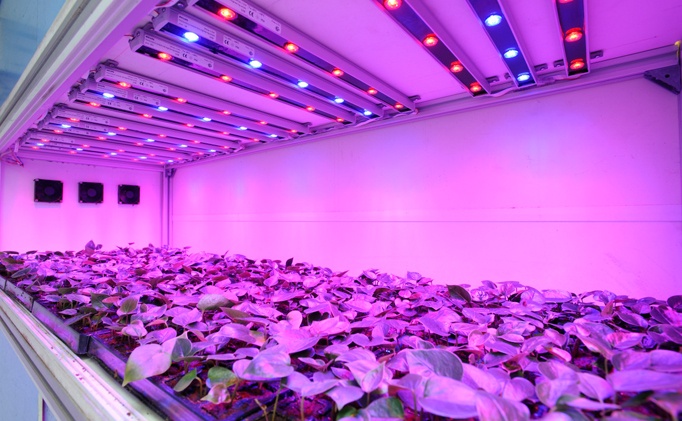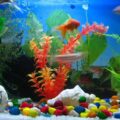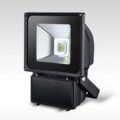Fruit and vegetable growers have a new and powerful tool at their disposal: LED light bulbs. LED grow lamps are one of the latest breakthroughs in horticulture. The lamps help plants grow faster, cut back on chemicals and water, and reduce energy costs.
Plants need energy to grow. They extract this energy from sunlight through a process known as photosynthesis.
This energy transfer requires only certain parts of the sun’s band of colours: red and blue. Traditional grow lamps use sodium, metal halide or fluorescent lighting with blue or red spectrums. But scientists have found red and blue LED light bulbs to be better. LED light bulbs are more efficient at providing the precise type of light plants need.
By linking LED light bulbs to a computer and managing the light spectrum and water supply, it’s possible to maximise plant growth in a relatively small area. Growers can have vertical stacks of plants and create high quality food without sunlight.
Horticultural companies such as PlantLab in Holland believe this method of farming could help solve food shortages. After all, as well as being substitutes for the sun, LED light bulbs use little energy and are eco-friendly.
A further benefit of LED light bulbs for plant growth is the lamps’ longevity. If you use an LED grow lamp 16 hours a day, every day of the year, it should last more than eight years. Growers have lower maintenance and replacement costs.
Horticulture could well be on the verge of using LED light bulbs in a big way. Within the next few decades, fruit and vegetables grown under LED lighting could be commonplace whatever the time of year, anywhere in the world.
Date: November 29, 2011
Tags: led leds light
LED grow lamps are one of the latest breakthroughs in horticulture. The lamps help plants grow faster, cut back on chemicals and water, and reduce energy costs.




